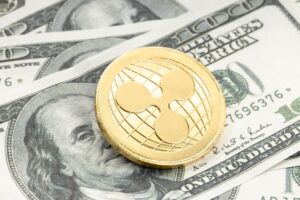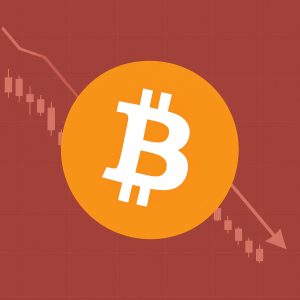Moody’s Ratings has raised its 2025 default forecast, warning that rising global trade tensions and deteriorating credit conditions are likely to put increased pressure on speculative-grade borrowers. The credit agency now expects the default rate for these companies to reach 3.1% by year-end, up from its previous forecast of 2.5%, according to Bloomberg.
While the revised estimate still represents a decline from the default rate in 2024, analysts at Moody’s emphasized that a modest economic shock could quickly push the rate as high as 6%. The revised outlook underscores growing concern that escalating tariffs and trade restrictions—particularly in the wake of President Trump’s aggressive trade policies—could shave at least one percentage point off U.S. GDP growth this year and impact global markets.
Economic Pressure and Risk Aversion on the Rise
According to the report authored by Sharon Ou and her team, tightening financing conditions are already making it harder for high-risk companies to secure funding. Credit strategists across major economies have scrapped earlier bullish forecasts for 2025, as risk premiums rise and investor sentiment turns increasingly cautious.
Moody’s noted that the first quarter of 2025 saw 27 defaults, down from 38 during the same period a year earlier. However, more than half of these occurred in vulnerable sectors such as healthcare, retail, hospitality, telecommunications, and business services—industries that are especially sensitive to shifts in consumer demand and credit availability.
Broader Implications for Markets
The data reflects broader macroeconomic instability amid the U.S.-China trade war and renewed tariff conflicts with key trading partners. With sovereign and corporate bond markets tightening, investors may need to reassess exposure to junk-rated debt and cyclical equities.
Moody’s also suggested that ongoing geopolitical risks, combined with tariff-induced inflation and slower capital flows, could compound challenges for highly leveraged firms, especially in emerging markets.







